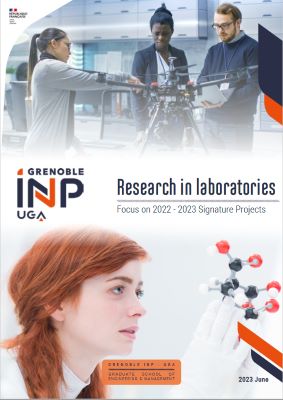Article written by Stéphane Fiorillo, Isabelle Chéry and Gaëlle Calvary
A scientific lock results from insufficient knowledge or skills in the field to guarantee, with certainty, that an R&D action will be carried out: for example, uncertainty as to the applicability of a theory in the field in question. Lifting this lock requires a scientific approach, the result of which will allow the state of the art to be surpassed, since the answer to the problem does not exist in the scientific communities concerned.
A technological lock is an obstacle linked to the technological spaces chosen in the R&D programme: for example, a hardware constraint, such as insufficient memory resources, can make a solution operational in other contexts. Lifting this barrier requires the development of new alternative solutions for the corresponding technological spaces.
Whether the lock is scientific or technical, its removal is uncertain and therefore poses risks to the project. Therefore, in a context of partnership research, it is essential to identify these locks upstream, which of course does not protect the project from the unexpected discovery of unforeseen locks. The risks are qualified as low to severe and must be accompanied by corrective actions to be defined upstream. The more severe the risk, the more important it is to deal with it early to determine the feasibility of the R&D programme as quickly as possible.
Innovative solutions developed to remove barriers can be protected by intellectual property (IP) rights, particularly patents. Protecting these solutions allows the holder to claim authorship of the invention and to benefit from a competitive advantage. In the context of a joint R&D project, the protected solution will generally be transferred to the industrial partner for use at least in its field of activity. In the case of the laboratory’s own research, “techno-push” development actions will be envisaged with a transfer to an existing company or the creation of a start-up.




